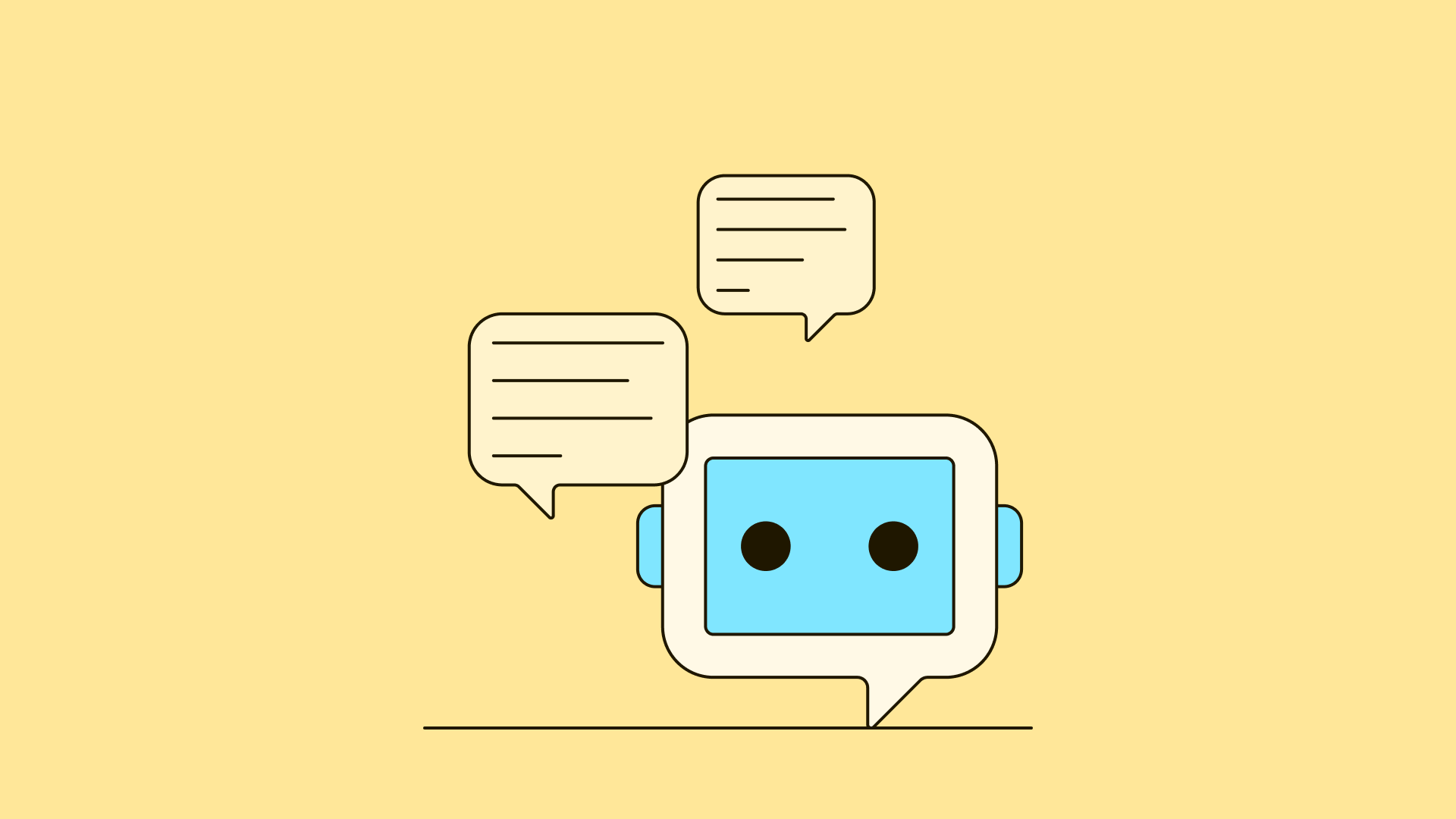
AI in Healthcare
6 min read
When Was AI First Used in Healthcare? The History of AI in Healthcare
Summary
Your Competitors Are Embracing AI – Are You Falling Behind?
The history of AI in healthcare is marked by significant milestones that reflect the evolution of technology and its application in medicine.
Early efforts in the 1960s laid the foundation with the development of systems like Dendral, designed to analyze mass spectrometry data, and MYCIN in the 1970s, which assisted in the diagnosis of bacterial infections and recommended antibiotics.
As advancements in computational power and data analysis techniques continued, AI became an integral part of facilitating diagnostics, treatment plans, and even predicting patient outcomes with greater accuracy.
In this article, we will explore the chronological progression of artificial intelligence in healthcare, examining its profound impact on the medical field and patient care.

History of AI in Healthcare: TL;DR
- The journey of AI in healthcare began in the mid-20th century.
- Specifically, AI was first coined in 1956 during the Dartmouth Summer Research Project. Since then, it's had a fascinating trajectory within medicine.
- Initially, AI applications were based on rule-based decision support systems developed in the 1970s. However, these early models faced considerable limitations that hindered their widespread implementation in healthcare settings.
- The 2000s marked a turning point as advances in deep learning began to mitigate earlier challenges.
- Since then, AI applications in healthcare have evolved significantly, with systems now capable of analyzing complex datasets and facilitating self-learning capabilities.
How long has AI been used in healthcare?
Artificial Intelligence (AI) has been intersecting with healthcare practices for several decades. It was first described in the 1950s when the concept of "machine learning" began to take shape.
However, early iterations faced multiple limitations that hindered their application in medicine.
In the 1960s and 1970s, exploratory efforts in AI for healthcare commenced, though its capabilities were quite basic by today's standards.
The real surge in AI utility within healthcare began taking shape in the early 2000s, notably with the advent of sophisticated deep learning models.
Timeline Highlights
- 1950s: AI concept inception.
- 1960s-1970s: Initial exploratory applications in healthcare.
- Early 2000s: Overcome limitations with deep learning advancements.
As deep learning and computational power have evolved, AI's role in healthcare has expanded, demonstrating significant growth.
By the 2010s, AI's potential to analyze vast quantities of healthcare data and provide clinical assistance became more evident.
The 2010s also marked the period where the healthcare market saw AI as a rapidly growing segment. For instance, predictions were made that the AI-associated healthcare market would achieve a compound annual growth rate of 40% by 2021.
In the current landscape, AI in healthcare encompasses a breadth of applications, from diagnostics and patient care to administrative processes. Despite the historical challenges, AI is now integral to the healthcare industry, continually advancing and assisting with improving clinical practices and patient outcomes.
When was AI introduced in healthcare? Beginning of research (1950s-70s)
The genesis of Artificial Intelligence (AI) in healthcare traces back to the 1950s. Pioneering work by early computer scientists set the stage for decades of evolution in computational technology.
- 1956: AI's conceptual origins can be attributed to the Dartmouth conference where the term "artificial intelligence" was coined.
- 1960s: Researchers began exploring AI's potential in healthcare. Initial endeavours involved basic pattern recognition, which laid the groundwork for future diagnostic tools.
During this period, a notable advancement was the development of expert systems. These were programs designed to mimic the decision-making abilities of a human expert.
- MYCIN, created in the early 1970s, was one of the first expert systems. Designed to diagnose bacterial infections and recommend antibiotics, MYCIN demonstrated the potential of AI to aid in medical decisions despite the technology's infancy.
In the 1970s, AI research in healthcare continued, although it was often constrained by:
- The limitations of computer power.
- A lack of sophisticated algorithms.
- Insufficient data to 'train' the AI systems.
The culmination of research during these two decades demonstrated that AI could potentially replicate and assist with complex tasks typically performed by healthcare professionals. However, it became clear that substantial technological advancements would be necessary for AI to become widely adopted in the medical field.
Early Development and Adoptions (1970s-90s)
During the 1970s, artificial intelligence (AI) began its entry into the healthcare sector.
This decade marked the inception of efforts to integrate AI with medical practices. AI in healthcare initially focused on data digitization, laying the foundation for future advancements.
The Stanford University Medical Experimental Artificial Intelligence in Medicine (SUMEX-AIM) project, established in 1973, was instrumental in enhancing networking capabilities among researchers, signaling the collaborative nature of early AI applications in medicine.
By the 1980s, AI had been in healthcare for nearly a decade. This period witnessed the introduction of expert systems, designed to replicate the decision-making abilities of human experts.
These systems were among the earliest applications of AI in healthcare, exemplifying how computers could support medical diagnosis and treatment planning—a seminal example being the MYCIN system, developed to diagnose bacterial infections and recommend antibiotics.
The 1990s saw a growth in the application of AI technologies in healthcare with a focus on diagnostic support tools and the growth of machine learning techniques.
These technologies began to show promise in enhancing patient care by improving diagnostic accuracy and efficiency. The adoption of AI during this era set the stage for the sophisticated algorithms and data processing capabilities seen in later years.
Expansion and Integration of AI into Clinical Practice (2000s-10s)
During the first decade of the 21st century, artificial intelligence (AI) began to markedly influence healthcare. Researchers and clinicians recognized AI's potential to process vast amounts of medical data with speed and precision.
Early 2000s: Foundation and Prototypes In the early 2000s, the foundations for AI in medicine were set with the advent of more sophisticated algorithms and increased computational power. Initial prototypes of AI systems introduced machine learning to analyze electronic health records (EHRs) and medical images.
Mid-2000s: Advancement in Diagnostics By the mid-2000s, AI applications showed promise in diagnostics. They started assisting radiologists by highlighting potential areas of interest in imaging studies such as MRI and CT scans. AI's capability to recognize patterns in large datasets facilitated early detection of diseases.
Late 2000s to 2010s: Integration and Collaboration In the late 2000s and into the 2010s, the integration of AI with clinical practice became more pronounced.
- Clinical Decision Support Systems (CDSS): These tools became more user-friendly and began to incorporate real-time data, offering more accurate recommendations for patient care.
- Predictive Analytics: AI's predictive analytics advanced, enabling risk stratification and readmission predictions, which became instrumental in patient management strategies.
Throughout this period, ethical considerations about patient privacy and data security were emphasized, ensuring responsible expansion of AI in healthcare.
Recent Advancements in Healthcare AI (2020s)
During the 2020s, artificial intelligence (AI) in healthcare has witnessed several transformative advancements.
Key areas of progress include early detection and diagnosis, precision medicine, and patient management.
- Early Detection and Diagnosis: AI algorithms have seen significant improvement in their ability to analyze medical images. These advancements facilitate earlier detection of diseases such as cancer, potentially improving patient outcomes.
- Precision Medicine: AI's role in precision medicine has grown, assisting in customizing patient care. By analyzing vast datasets, AI can identify patterns that guide the development of tailored therapies.
- Robotic Surgery: Robotic assistance, powered by AI, has become more prevalent in the operating theatre. Surgeons use these systems for enhanced precision and control during procedures.
- Patient Management: AI systems now aid in monitoring patient data in real time, leading to more proactive care and better resource management within healthcare facilities.
- Drug Development: Machine learning models have accelerated drug discovery processes by predicting molecule efficacy. This can lead to faster clinical trials and time-to-market for new drugs.
Unlock 300+ integrations with no hidden fees, bespoke rewards, and dedicated support
Related Articles















